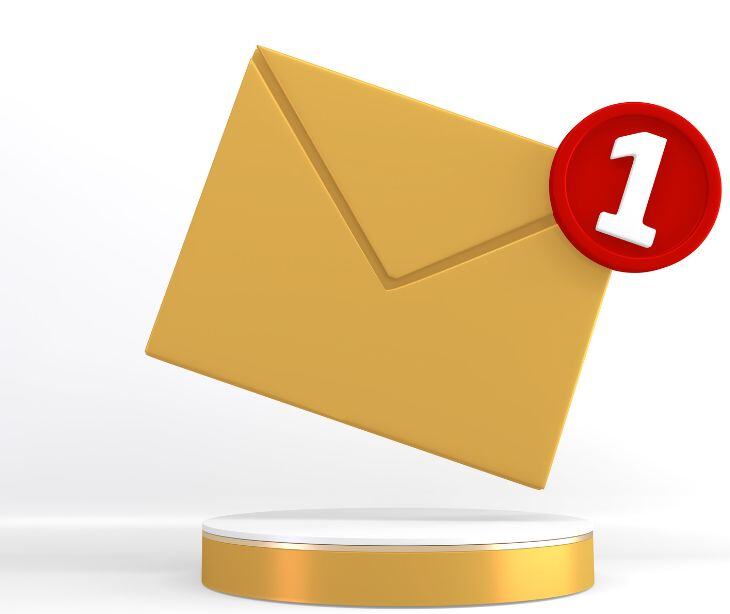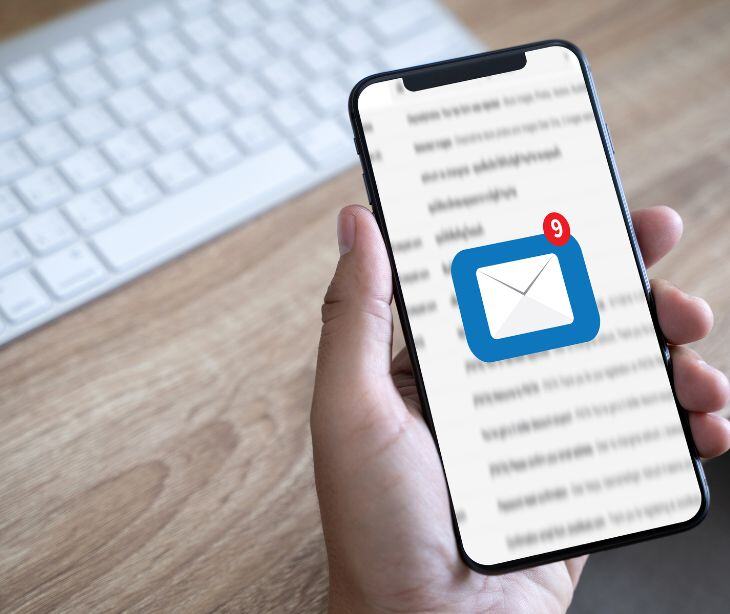
Email can be an effective method to share safety plans for suicidal patients due to its ability to quickly reach all necessary parties, including healthcare providers, the patient, their family, and other caregivers.
What is a safety plan?
A safety plan in healthcare is a detailed strategy designed to protect patients, staff, and visitors from harm specifically in the context of suicide prevention amongst at risk patients. A Cognitive and Behavioral Practice study on its application in suicide prevention provides an understanding of its core purpose, “The SPI is a promising intervention to mitigate the risk of suicide when evaluating and treating patients who are at increased risk for suicide. It can serve as a valuable complement to risk assessment, particularly for those patients who do not require psychiatric hospitalization.”
Its purpose is to identify potential risks and outline steps to prevent accidents and emergencies. Healthcare organizations create this plan collaboratively alongside patients and if permitted the patient's support system. Involving everyone from doctors to mental health providers makes sure that all perspectives are considered, resulting in a plan that is more effective and widely accepted.
The basic components of a safety plan include:
- Identification of potential hazards
- Risk assessment for each hazard
- Preventive measures and protocols
- Assignment of responsibilities
- Emergency response procedures
Communicating safety plans
There is no instance where a safety plan for suicidal patients doesn't need to be communicated. The plan's effectiveness relies on everyone being informed and coordinated. This needs to be shared with everyone involved in the patient's care, including healthcare providers, the patients themselves, and their families. Effective communication about these plans can take place in many ways including meetings, written documents, and more prevalently email.
Organizations can start by making sure that all communications are respectful and supportive. Personalizing emails with a professional yet approachable tone helps recipients feel valued and understood. This should be followed by regular feedback and showing genuine interest in responses builds a two-way communication channel, making everyone feel involved and heard.
How to use email to effectively communicate safety plans
- Send the safety plan as soon as it is developed or updated to ensure everyone has the most current information and make sure to use HIPAA compliant email.
- Attach the safety plan as a PDF or another easily accessible format to ensure recipients can open and view it on various devices.
- In the body of the email, provide a brief summary of the most necessary parts of the safety plan, such as emergency contacts, key steps to take, and immediate preventive measures.
- Use phrases like "Please review immediately" or "Urgent: Action Required" in the body of the email to convey the need for the information.
- Request a confirmation of receipt and understanding from the recipients to ensure they have read and acknowledged the safety plan. For example, "Please reply to confirm you have received and reviewed the safety plan."
- Set up regular email reminders or check-ins to discuss any updates or changes to the safety plan. For instance, "We will follow up next week to review this plan together."
- Provide clear contact information for those to whom to reach out with questions or concerns about the safety plan. Include names, phone numbers, and email addresses.
- Ensure the email includes a confidentiality notice reminding recipients to handle the information appropriately and share it only with authorized individuals.
See also: Top 12 HIPAA compliant email services
FAQs
What if the email bounces back?
Ensure the email address is correct and try resending. If the issue persists, use an alternative contact method like a phone call or text message.
How can the sender confirm the email was received?
The sender can request a read receipt or ask the recipient to reply confirming they have received and reviewed the safety plan.
What should be done if the recipient doesn’t understand the safety plan?
The sender should provide contact details in the email and encourage the recipient to reach out for clarification or further explanation.
Subscribe to Paubox Weekly
Every Friday we'll bring you the most important news from Paubox. Our aim is to make you smarter, faster.






